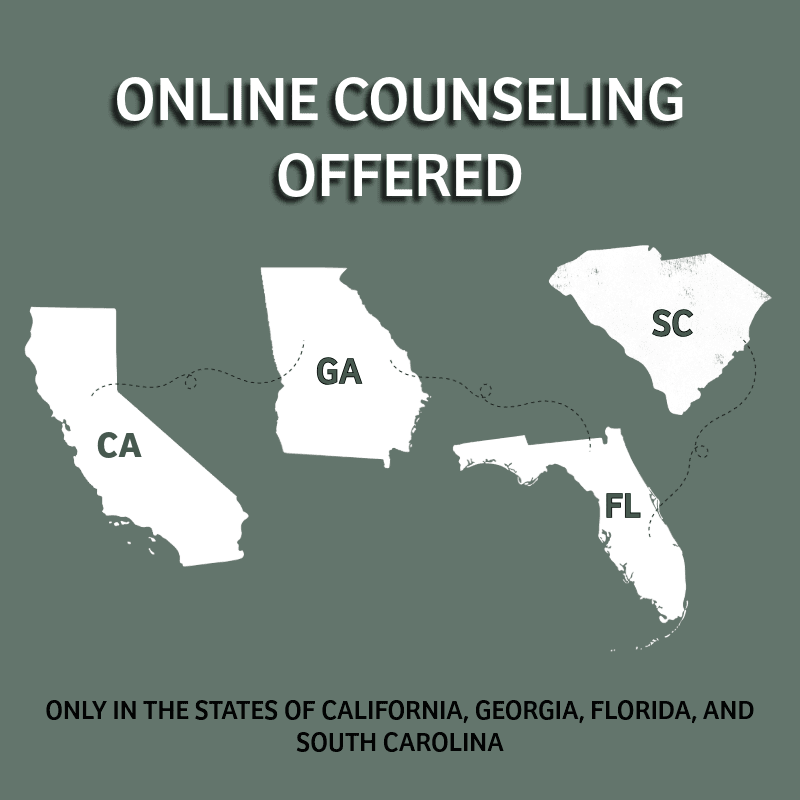TOPIC: Healing After Trauma: A Path to Safety, Resilience, and Self-Discovery
POST BY: Lindsey Wheeler, LPC, CPCS - CLICK HERE TO SEE HER BIO
WRITTEN: June 26, 2025
WILL BE REVIEWED: June 2028
If you're reading this, chances are you're carrying something heavy. Maybe it's a memory that won't fade, a sense of danger that never seems to leave, or a deep exhaustion from holding everything together for too long. You might look like you're functioning to the outside world—successful, capable, resilient—but on the inside, there’s a lingering ache, a fracture you can’t quite name. Trauma is often invisible. But its impact? That’s very, very real.
As a trauma therapist who specializes in working with adults, teens, and couples, I want you to know this: healing is possible. You don’t have to keep living in survival mode. There is a path forward that is safe, evidence-based, and attuned to your unique experience.
What is Trauma?
Trauma isn't just "a bad thing that happened." It's what happens inside us as a result of what we've been through. Trauma can stem from a single overwhelming event—like an accident, assault, or loss—or from the slow erosion of safety and self-worth over time, such as in childhood emotional neglect, abusive relationships, or chronic stress environments.
It affects the way we think, feel, relate to others, and even how our body functions. Trauma can look like anxiety, depression, irritability, disconnection, hyper-independence, perfectionism, or emotional numbness. It’s not just about the past—it’s about how the past keeps showing up in the present.
The Role of Safety in Trauma Recovery
The first step in trauma recovery isn’t about talking through everything that happened—it’s about creating safety in the present. That means learning to regulate your nervous system, rebuild trust (especially with yourself), and move away from constant reactivity.
In therapy, we work together to create a foundation of emotional safety. We go slowly, with our body and mind leading the pace. I help you begin to notice where you hold trauma—in your thoughts, in your breath, in your posture—and we gently start to create new experiences that say, "It’s safe now. You’re not alone."
How EMDR Helps with Trauma
Eye Movement Desensitization and Reprocessing (EMDR) is a powerful, research-backed method I use in my trauma work. EMDR helps the brain reprocess stuck memories and sensations, allowing the charge of trauma to finally lessen and release.
Clients often come to me feeling skeptical, unsure whether anything can truly help. But again and again, I’ve seen people reclaim their lives through EMDR. They go from feeling constantly triggered or shut down to feeling grounded, clear, and empowered. You don't have to relive the trauma to heal from it. With EMDR, you can begin to heal from the inside out.
Who I Work With
I work with adults who are tired of carrying trauma in silence. Whether you’re struggling with complex PTSD, relationship wounds, childhood trauma, or the emotional aftermath of toxic work environments, I meet you exactly where you are.
I also work with couples impacted by trauma—whether the pain is held by one partner or woven into the dynamics of the relationship itself. Trauma-informed couples therapy helps rebuild emotional safety and restore intimacy, using techniques like the Gottman Method and somatic awareness.
The Cost of Ignoring Trauma
You may have coped for years by pushing it down. You might’ve told yourself it wasn’t "that bad" or that others have it worse. But over time, trauma untreated tends to show up in more painful ways: chronic stress, health problems, emotional burnout, difficulty trusting others, or the haunting sense that no matter how much you achieve, something still feels broken.
You deserve more than just survival. You deserve to feel safe in your own body, to connect meaningfully with others, and to live with a sense of wholeness.
What Healing Can Feel Like
Healing doesn’t mean forgetting or pretending it didn’t happen. It means learning how to carry your story differently. You may begin to sleep better. To stop bracing for danger that isn’t there. To feel less alone, less ashamed, more present. Healing is learning to feel joy again, to trust your inner voice, and to step forward without the weight of the past dragging behind you.
There may be grief. There may be anger. There may be softness you haven’t felt in years. And you don’t have to do it alone.
What to Expect in Trauma Therapy with Me
In our work together, I provide a structured, compassionate, and trauma-informed approach. We’ll identify the patterns and beliefs that keep you stuck and integrate body-based tools to support regulation. I draw from EMDR, parts work, mindfulness, CBT, and somatic interventions to help you reconnect to your sense of agency and peace.
Therapy is not about fixing you—because you were never broken. It’s about helping you grow into yourself.
You Are Worth This Work
Choosing to address trauma—especially after years of pushing it down—takes courage. It is sacred work. It is life-changing work. And it’s work I’m deeply honored to walk beside you in.
If you’re ready to begin healing from trauma, I invite you to reach out for online trauma therapy from anywhere in Georgia, Florida, and California, I offer a safe space for you to begin.
You don’t have to keep carrying this alone. Healing is possible—and it starts here.
Ready to Take the Next Step?
At JCACounseling, every step is met with empathy, understanding, and compassionate, personalized support for individuals and families facing life’s challenges. Begin the journey toward healing and growth through Healing Through Connection—call to speak with a therapist today or schedule a consultation.
📞 Call 404-834-2363 or visit https://calendly.com/jcacounseling to schedule a consultation.





